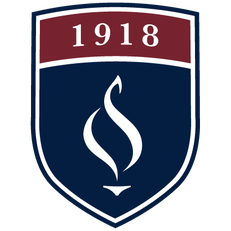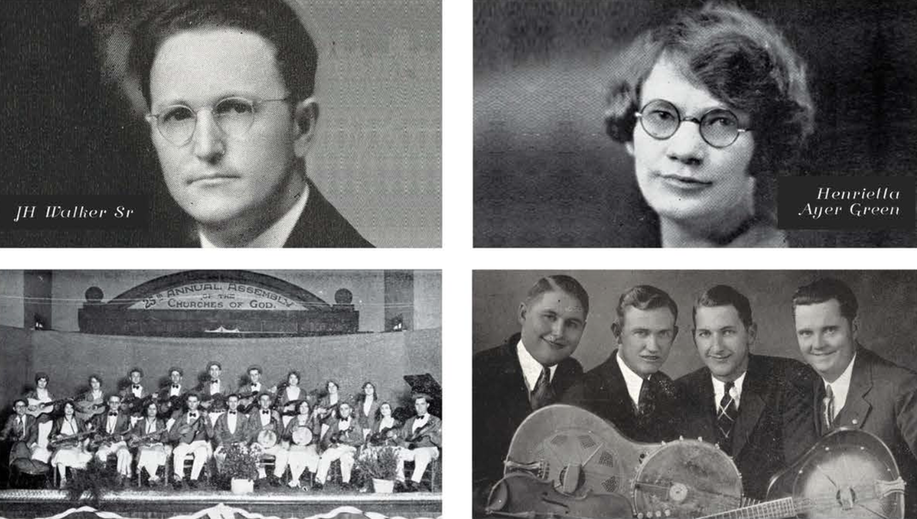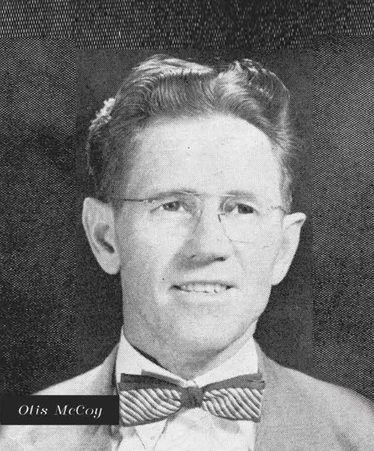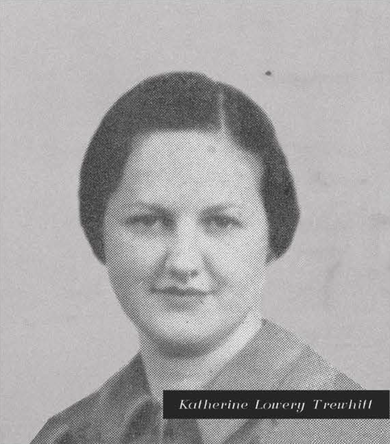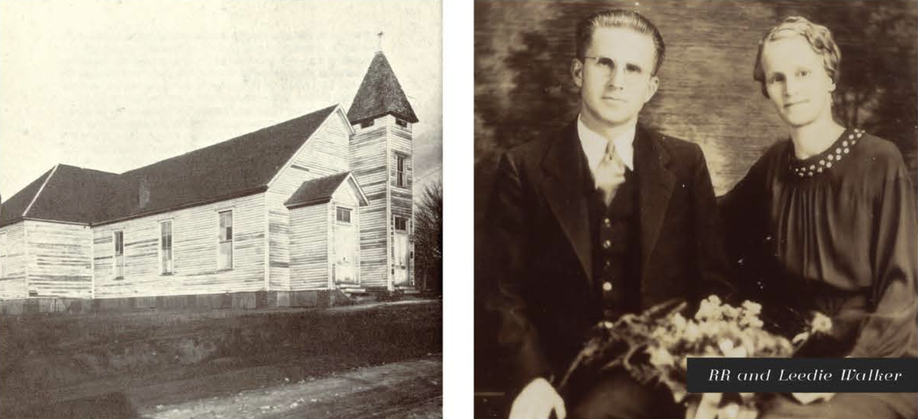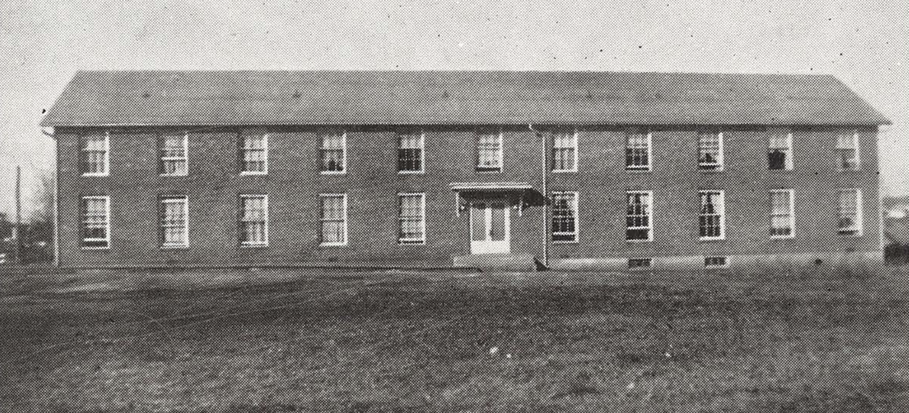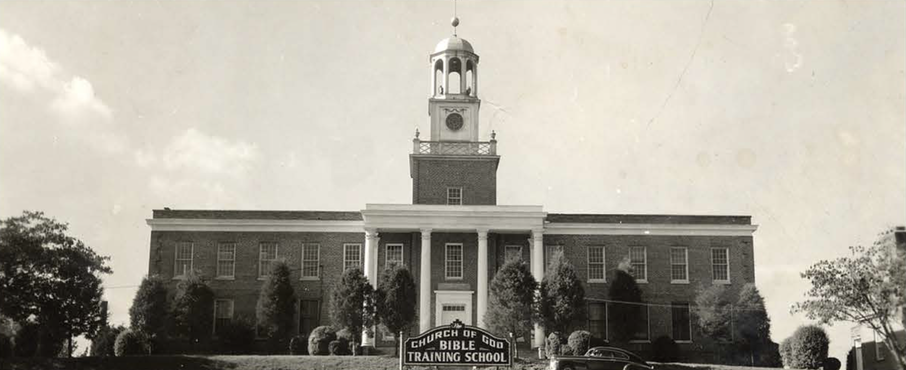Timeline of Highlights
1930 - 1939
1930
PERIOD OF ACADEMIC ADVANCEMENT AND CURRICULUM EXPANSION
30-year-old J.H. Walker Sr. of Louisiana, and a former student at BTS, becomes Superintendent. He immediately expands the curriculum by adding Commercial/Business and Music programs and hiring teachers with advanced degrees. Walker is a progressive leader who understands students attend other schools for training beyond traditional ministerial vocations, and he believes those students also should have a Christ-centered environment in which to learn. Hired to teach business courses is Henrietta Ayer Green, who operates her own business school at the local Cherokee Hotel, where she is a bookkeeper. According to Green, “[BTS] didn’t have any typewriters so I had to carry five of mine from my school at the hotel to [BTS] and then back to the hotel every day.” She initially earns $2 for each student she teaches, and she is the school’s first full-time teacher from a denomination other than the Church of God.
PERIOD OF ACADEMIC ADVANCEMENT AND CURRICULUM EXPANSION
30-year-old J.H. Walker Sr. of Louisiana, and a former student at BTS, becomes Superintendent. He immediately expands the curriculum by adding Commercial/Business and Music programs and hiring teachers with advanced degrees. Walker is a progressive leader who understands students attend other schools for training beyond traditional ministerial vocations, and he believes those students also should have a Christ-centered environment in which to learn. Hired to teach business courses is Henrietta Ayer Green, who operates her own business school at the local Cherokee Hotel, where she is a bookkeeper. According to Green, “[BTS] didn’t have any typewriters so I had to carry five of mine from my school at the hotel to [BTS] and then back to the hotel every day.” She initially earns $2 for each student she teaches, and she is the school’s first full-time teacher from a denomination other than the Church of God.
OTIS L. MCCOY BEGINS MUSIC PROGRAM
Otis L. McCoy of Alabama is hired in 1930 to begin a formal music program, including evening classes that appeal to community residents. Trained professionally at the James D. Vaughan Conservatory of Music, he begins an orchestra and creates courses in theory, sight singing and ear training, harmony, counterpoint, composition, music appreciation and history, and repertoire. He also teaches private lessons in voice, leads instruction on a variety of instruments, and promotes BTS by sending student trios, quartets, and small ensembles to local churches and state camp meetings. He later forms Tennessee Music and Printing Company and serves as principal editor of the Church Hymnal, better known as the “Redback Hymnal”.
Otis L. McCoy of Alabama is hired in 1930 to begin a formal music program, including evening classes that appeal to community residents. Trained professionally at the James D. Vaughan Conservatory of Music, he begins an orchestra and creates courses in theory, sight singing and ear training, harmony, counterpoint, composition, music appreciation and history, and repertoire. He also teaches private lessons in voice, leads instruction on a variety of instruments, and promotes BTS by sending student trios, quartets, and small ensembles to local churches and state camp meetings. He later forms Tennessee Music and Printing Company and serves as principal editor of the Church Hymnal, better known as the “Redback Hymnal”.
1932
FIRST TEACHER HIRED WITH BACHELOR’S DEGREE
Cleveland-native Katherine Lowery [Trewhitt[ is hired to teach Latin and Greek and becomes the school’s first teacher with a Bachelor’s degree. A high school division, known as The Academy, begins and mainly serves children of Church of God pastors, as most pastors are appointed to new churches annually at the denomination’s General Assembly or state conventions. The Academy provides a more stable educational environment and offers a Christ-centered focus. Mildred Blackwell (who later serves as a missionary with her husband, Hoyle Case) begins teaching the first high school courses. She has an associate’s degree and prior teaching experience.
FIRST TEACHER HIRED WITH BACHELOR’S DEGREE
Cleveland-native Katherine Lowery [Trewhitt[ is hired to teach Latin and Greek and becomes the school’s first teacher with a Bachelor’s degree. A high school division, known as The Academy, begins and mainly serves children of Church of God pastors, as most pastors are appointed to new churches annually at the denomination’s General Assembly or state conventions. The Academy provides a more stable educational environment and offers a Christ-centered focus. Mildred Blackwell (who later serves as a missionary with her husband, Hoyle Case) begins teaching the first high school courses. She has an associate’s degree and prior teaching experience.
1934
FIRE POSES CHALLENGE FOR FLEDGING BIBLE TRAINING SCHOOL
The former sanctuary of North Cleveland Church burns on March 12th and contributes to the school’s lack of adequate space, as the sanctuary was used as a dormitory. Students escape without serious injury and are able to save most of their personal belongings. Overcrowding becomes a problem in the Auditorium, as many of the 150 students set up beds throughout the building, including hallways.
R.R. Walker, a high school superintendent from Mississippi, is hired as Principle of the Academy. He is the school’s first male teacher with a 4-year Bachelor’s degree and eventually helps establish the school’s Junior College in 1941.
FIRE POSES CHALLENGE FOR FLEDGING BIBLE TRAINING SCHOOL
The former sanctuary of North Cleveland Church burns on March 12th and contributes to the school’s lack of adequate space, as the sanctuary was used as a dormitory. Students escape without serious injury and are able to save most of their personal belongings. Overcrowding becomes a problem in the Auditorium, as many of the 150 students set up beds throughout the building, including hallways.
R.R. Walker, a high school superintendent from Mississippi, is hired as Principle of the Academy. He is the school’s first male teacher with a 4-year Bachelor’s degree and eventually helps establish the school’s Junior College in 1941.
1937
FIRST BUILDING FOR THE SCHOOL FINISHED
A 2-story, brick structure serves as a women’s dormitory and costs $12,000.
FIRST BUILDING FOR THE SCHOOL FINISHED
A 2-story, brick structure serves as a women’s dormitory and costs $12,000.
1938
BTS MOVES TO SEVIERVILLE, TENNESSEE
Needing more room to accommodate its growth, the former Murphy Collegiate Institute is purchased for $29,990 and the school relocates to Sevierville, Tennessee. Students typically take the train to Knoxville and then reach Sevierville by bus. Sevierville offers more campus space with room to expand on the 63-acre campus within the city limits, and it allows BTS to develop its own identity.
BTS MOVES TO SEVIERVILLE, TENNESSEE
Needing more room to accommodate its growth, the former Murphy Collegiate Institute is purchased for $29,990 and the school relocates to Sevierville, Tennessee. Students typically take the train to Knoxville and then reach Sevierville by bus. Sevierville offers more campus space with room to expand on the 63-acre campus within the city limits, and it allows BTS to develop its own identity.
